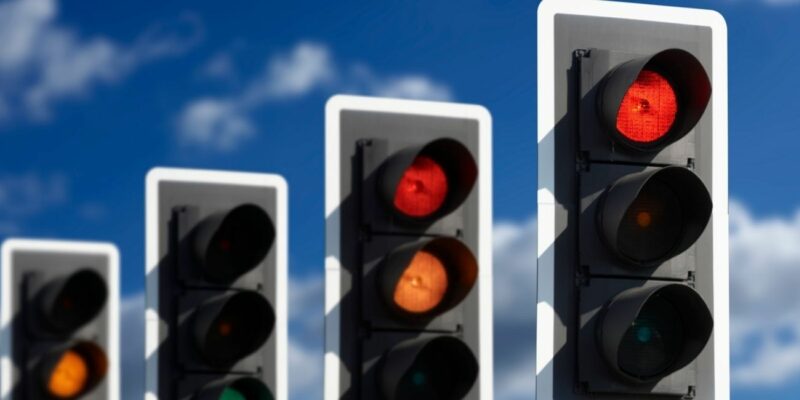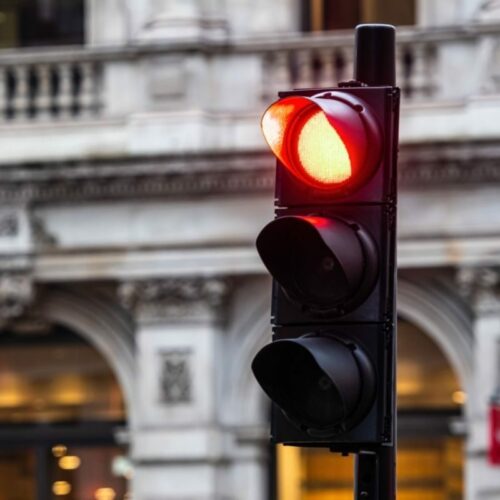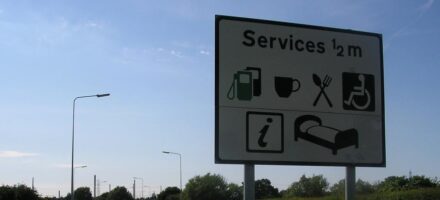
The traffic Light Signal is an institution in the UK and the first set was erected in 1868. It was located outside the houses of Parliament in London by J. P Knight. This first set that was seen in the UK were powered by gas. However, the first set of traffic lights that relate to the more modern design that we know of now on our streets was an American invention.
The traffic light is also called a traffic signal, a stoplight, or a traffic lamp and is always placed at junctions as a traffic measure keeping the flow of traffic moving on all roads. Usually, the main road will have priority over the minor roads when the lights are set up by the authorities.

Most traffic lights today are powered by Light Emitting Diodes (LEDS) – this is because LEDs have more advantages than using incandescent lamps.
A few are noted below:
- LEDs have much greater energy efficiency
- LEDs have a longer life and can last years, which means they are cheaper to maintain for the local councils
- LEDS give a brighter light
The light signals controlling traffic come in three colours and must be obeyed otherwise you could get prosecuted for “running a red light” which could include a fine, this could be up to £1,000 and penalty points on your license.
Traffic Light Colours

The most common traffic light which is used in the UK consists of three bulbs with a different coloured lense in each. In the UK, the lights commonly use a sequence of four phases:
Red means, “Stop”. When the colour red is shown on the traffic light set you must bring your vehicle to a complete halt and wait behind the stop line on the carriageway. It is compulsory to do so otherwise you are breaking the law and could face prosecution.
When the RED and AMBER lights are shown at the same time then you should bring your vehicle to a complete halt. Make sure your vehicle is behind the stop line and wait for further instructions from the traffic light system.
Next is the turn of the GREEN light and this means that you may proceed with your journey but only if the road ahead is clear. But if you are turning on to another street, whether that be right or left you should be wary that pedestrians may be crossing and that special care is needed.
When AMBER is lit up alone it also means, “Stop” at the stop line. The AMBER light is next in the sequence and when it appears you should bring your vehicle to a complete halt at the stop line. However if you break the stop line or cannot get stopped in time and in a safe manner then it is best to continue with your journey.
Finally, A GREEN ARROW may be provided in addition to the full green signal and notifies the drivers to move to the left or to the right. If the way is clear then you may go but only in the direction shown by the arrow.
Disclaimer: The information in the article is for general purpose information only and should not be constituted as legal advice. This article has been produced by a third party and Jardine Motors does not take any responsibility for the completeness, accuracy, or reliability with respect to the website or the information provided. Article last updated March 2016.



